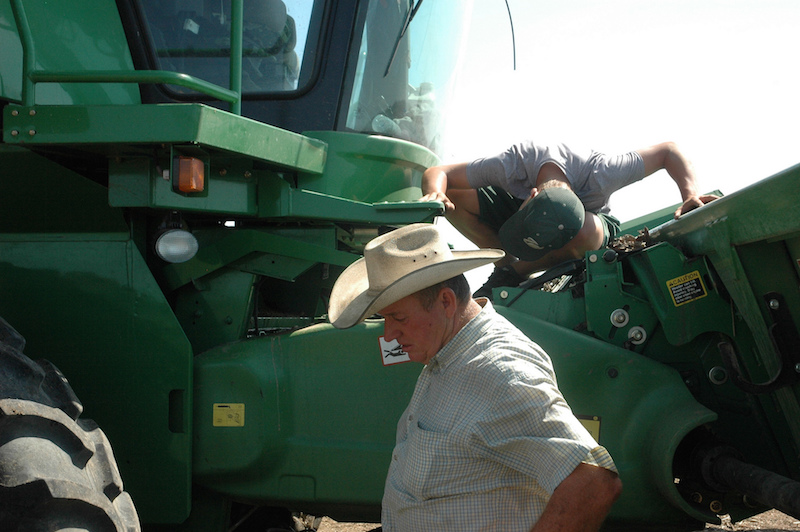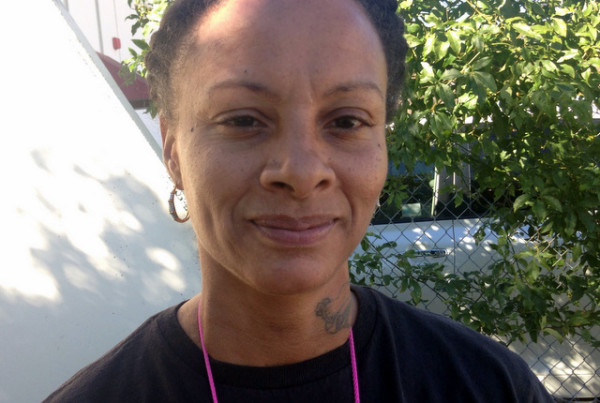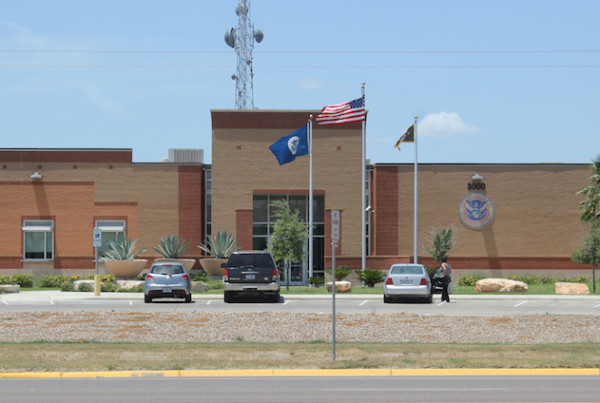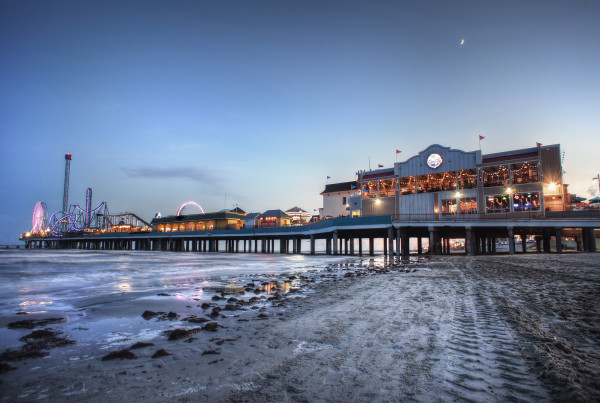Agriculture is big business in Texas, accounting for more than $100 billion each year. A project based out of the University of Texas at Austin is working to find and support what could be the next big innovation in agriculture and food production.
Only 12 percent of Texans live in rural areas these days, so if you don’t know what a combine is, you’re forgiven. But Lee Klancher knows a thing or two about them. His latest book is “Red Combines.”
“A combine is a giant machine you see in a wheat field or a corn field,” he says. “And what it does is separate the grain from the straw or the stalk.”
It’s not to be confused with a tractor, he says.
“A tractor just pulls things or powers things,” Klancher says. “A combine is its own, self-contained machine.”
The first combines were built in the early 1900s, but it was the two world wars that really drove production. Men were off fighting so there was a labor shortage, but Americans still needed food.
“It can be operated these days by one person,” he says, “and it allows a very small number of people to harvest for all of us – the entire world.”
That’s a bigger deal thank you might think. “The line I love to use is the combine allowed for the internet to be created,” Klancher says. “Basically because you go from 80 percent of people farming to almost no one farming and the rest of us free to think up the personal computer.”
What kind of future farming innovation could have such an impact? It’s what food historian and UT-Austin professor Robyn Metcalfe wants to know.
“A combine is a great metaphor for, I think, innovation because it combines several activities on the field,” she says. “It was integration of activities so you could ask the question what will be combined in some sort of way going forward?”
Metcalfe is trying to answer that question in her role as director of Food + City.
“Specifically, our current focus is on how cities feed themselves – how food moves back and forth,” she says. “So we’re a storytelling platform and we intend that through storytelling we will reveal opportunities for new ways to solve problems in the system – so it’s a backwards and a forwards look.”
Food +City’s biggest project is the Challenge Prize – which aims to uncover sustainable ways to grow food and get it to an increasing global population using the resources we have now.
“Unless we’re going to be effectively growing on Mars or on one of the space stations,” she says, “it looks like we have to make use of what we have. And there’s some real issues with that. The conservationists won’t want to release conservation land, I’m not sure about how people feel about giving up the national parks to be able to grow the food.”
So Food + City is commissioning ideas from around the world. In its inaugural challenge last year there were more than 120 entries. Many focused not on farming equipment but on bugs.
“It was amazing to see how many people were all excited about substituting bugs for meat protein,” Metcalfe says.
This year’s finalists include tree adoption, something called the robobutcher and curbside composting. It’s probably a little early to say whether any of those is the next combine but author Lee Klancher says the bar is high.
“I wouldn’t be able to name another single thing,” he says. “When you ask preeminent experts in the field, the one thing that comes up is seed technology. But it’s seed technology and the combine. Those were the two that really allowed us to say, hey, very few of us have to farm.”
The Food + City finalists will pitch their ideas in February. The top groups will get a portion of $50,000 to make it happen.















